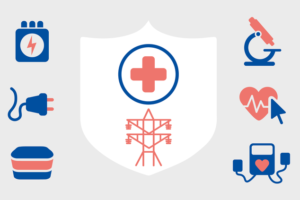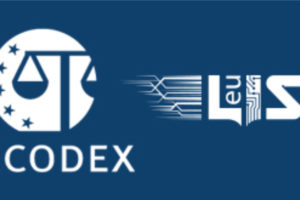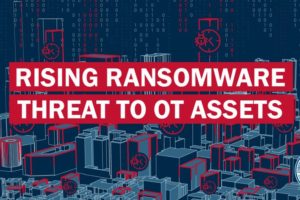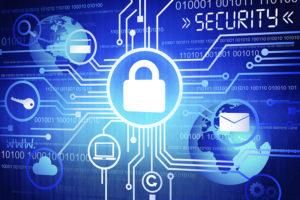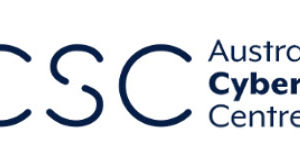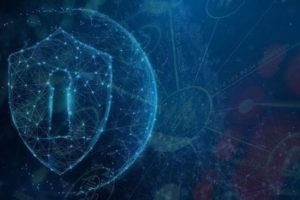AIAA and the Space Information Sharing and Analysis Center (Space ISAC) Enter Cooperative Agreement
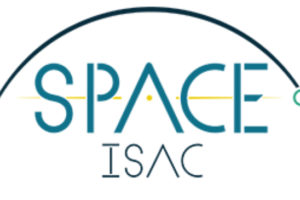
The American Institute of Aeronautics and Astronautics (AIAA) and the Space Information Sharing and Analysis Center (Space ISAC) have entered into a Memorandum of Agreement (MOU) enabling the two organizations to collaborate on aerospace and space cybersecurity endeavors. The two organizations will cooperate to build the knowledge foundations of space cybersecurity. The Space ISAC brings cybersecurity situational awareness and operational excellence and AIAA offers its long history of convening and promoting aerospace expertise, knowledge, and leadership.
“AIAA is committed to bringing cyber protection to the heart of the aerospace industry. It is becoming more and more essential to address cybersecurity on an ongoing basis in the mainstream of our core processes – from the design and development of new space systems, to manufacturing and production, to operations,” said Dan Dumbacher, executive director of AIAA. “We look forward to our continued work with the Space ISAC, to use its frontline role in the cyber defense of aerospace to foster open dialogue and cooperation around this topic.”
The Space ISAC facilitates collaboration across the global space industry to prepare for and respond to vulnerabilities, incidents, and threats; to disseminate timely and actionable information among member entities; and to serve as the primary communications channel for the sector with respect to this information. Space ISAC is the only all-threats security information source for the public and private space sector. It will be the most comprehensive, single point source for data, facts and analysis on space security and threats to space assets. Space ISAC will also provide analysis and resources to support response, mitigation, and resilience initiatives.
Erin Miller, Space ISAC Executive Director, commented, “Space ISAC and AIAA coming together in partnership is a wonderful complement. Our initial collaboration efforts began in 2020 on the first ever ISAC-led tabletop exercise for the space sector. We are formalizing our partnership now and anticipate the impact will be seen through efforts in workforce development, education, space sector cybersecurity awareness, and more.”
The two organizations have already begun collaborating. In 2020, the Space ISAC staged a cybersecurity tabletop exercise for space industry executives at AIAA’s ASCEND event, a global gathering of 3,000 aerospace professionals and others who are focused on accelerating our off-world future faster. Both organizations also value the importance of infusing the global space industry with content to educate industry professionals and students and will identify opportunities to leverage AIAA’s extensive educator outreach programs.
“Digital technology has made aerospace safer, smarter, and more connected than ever. We must now establish cybersecurity as a priority on par with safety. We look forward to working with the Space ISAC to expand cybersecurity awareness throughout the aerospace community and supply chain,” Dumbacher concluded.
Through the MOU, the Space ISAC and AIAA intend to cooperate on learning opportunities and explore other areas of mutual concern.


